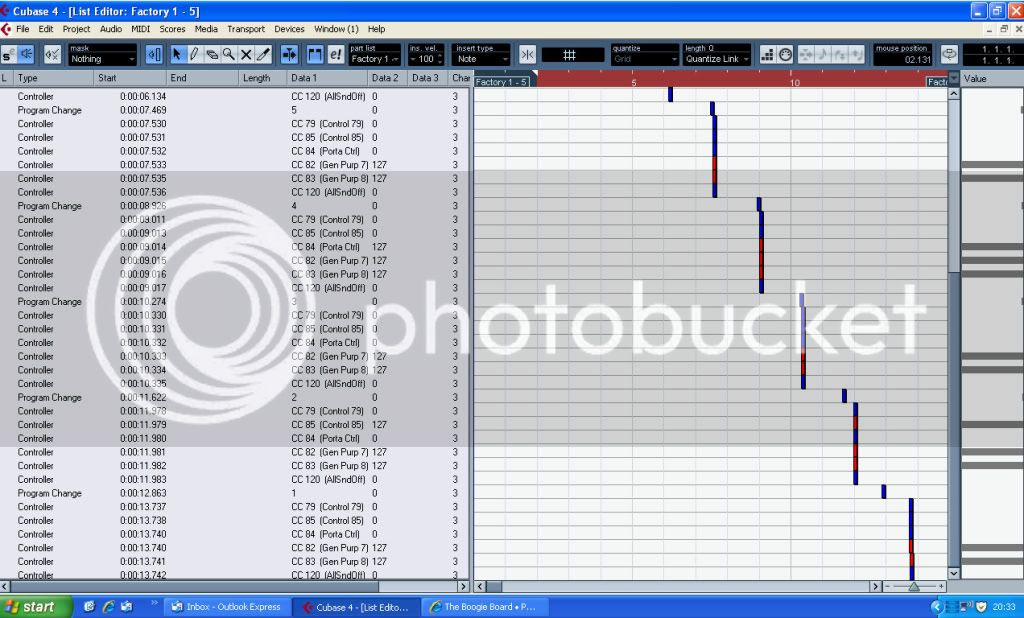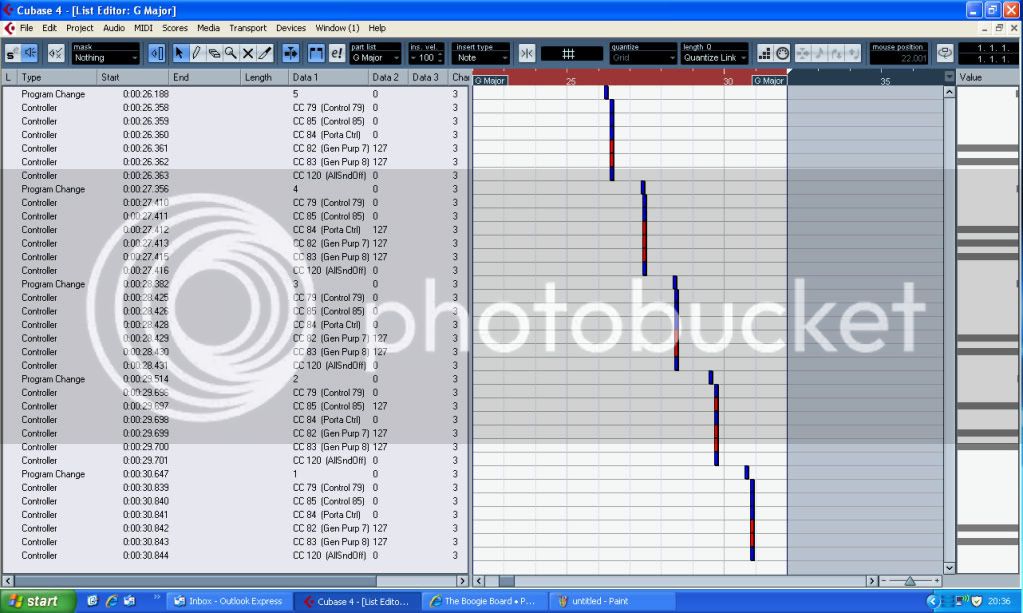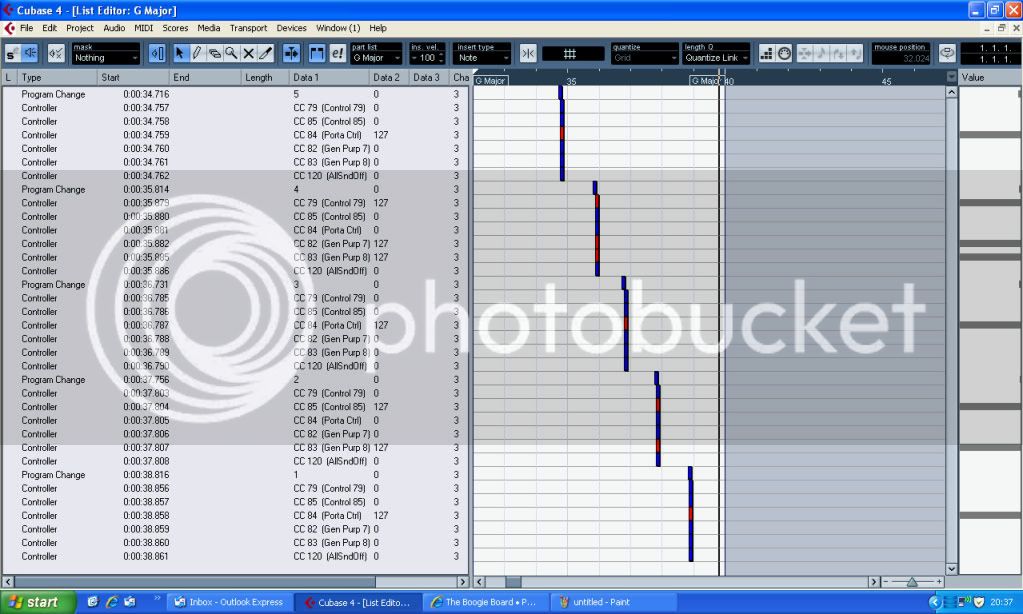Tripoutski said:
I have both the I and II. Yes, there is a delay in the II. The delay is not in engaging the effects, it is when changing patches. I rarely change patches during a song, rather I build them for a song and switch the effects during the song. Therefore the delay does not bother me too much. However, I like to perform a handful of songs in a row at times (like when people are still on the floor dancing, for example). When I scroll from patch 12 to patch 18, for example, the delay (which is inconsistent) may cause me to overshoot the patch and then I am scrolling up and down until the unit catches up with my controller. I can see that it could be very bothersome for some people.
-Trip
Ok, I need to clarify a few things.
I'm assuming you are talking about using the G Major II like a sep of stompboxes? ie. switching effects on and off within each patch? I also assume you mean you are scrolling with your foot-controller and that there is a delayed response to your footswitching? ie. using the bank up/down arrows to change patches while the individual switches are assigned to each effect within a patch?
Using my Ground Control, I have never used stompbox mode, I just send a patch number for the effect I want. It is always instant. My numbers switch all over the place, #12, #76, #101. There is never a delay. But the difference is that I don't scroll through the G Major II in real time. If I change banks, I use the bank up/down buttons until I select the bank I want, then I press on the preset button I want. The MIDI program message isn't sent from my control UNTIL I press a preset. What you are trying to do it send continuous program changes to your G Major II. It isn't designed to be fast in this way. Either you use presets for every effect change, or you have to scroll slowly. The reason you have to scroll slowly in this setup is because you have setup all your patches in stompbox mode, which means every time you scroll using bank buttons, you are also asking the G Major II to initialise each effect and assign the preset buttons to the effects in your patch. That takes time for any effects unit. It is a matter of processing time. And it's not how these units are designed to optimally perform.
If you are determined to use the foot-controller you have, I think you should try this.
Lets assume you have a song using the following effects:
1. Noise gate
2. Compressor
3. Chorus,
4. Delay
5. Reverb
Now, rather than switching these effects on and off within the same patch, make up a set of presets which correspond to consecutive buttons on your foot-controller. For the sake of argument, lets use Bank 1, presets 1 - 5.
If you make a series of patches in your G Major II which are basically the same except you have conmbinations of these effects, you could achieve the same thing.
eg.
Preset 1: Noise gate,Compressor,Chorus
Preset 2: Noise Gate, Compressor, Chorus, Delay
Preset 3: Noise Gate, Compressor, Chorus, Delay, Reverb
Preset 4: Noise Gate, Compressor, Chouse, Reverb.
So why would you want to do this? Because when changing patches you send an instant number just once, which accomplishes the sound change you want. The way you have it now, when you scroll you are asking the G Major II to reset everything for every press of your scroll buttons.
OR!!
Just buy a Ground Control!!
The great thing about a Ground Control is that you can have both functions at the same time - you can change banks and see the bank numbers change on your controller, then you can use one row of you buttons for patch changes, and the other row of your buttons for switching effects on and off within a patch.
This system is better because you don't have to watch the screen of the G Major II to find out how far you have scrolled. You just look at your foot-controller and select the right number, and you know that the G Major II will catch up and not go too far.
What controller are you using?
(This is surprisingly hard to describe in words!!)







